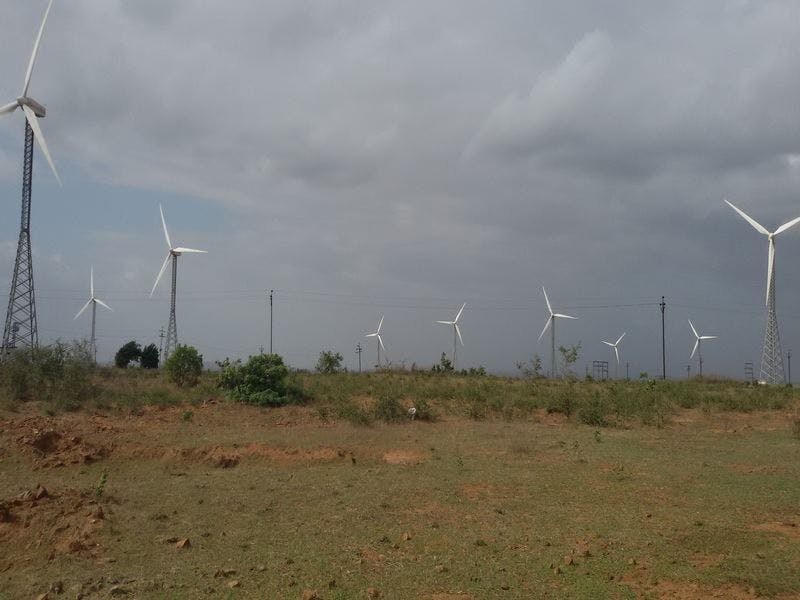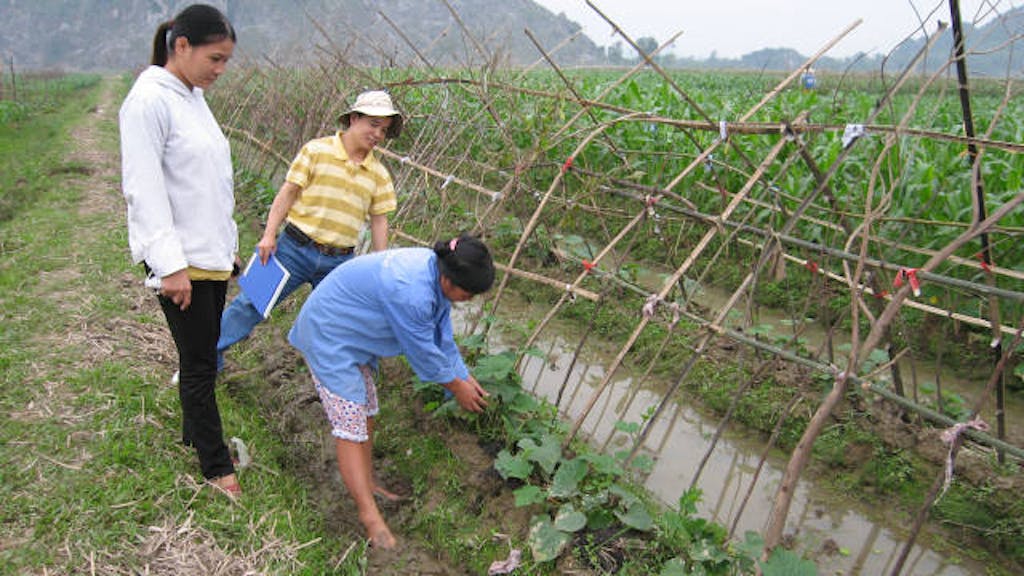As part of the United Nations Foundation’s ongoing commitment to environmental sustainability and carbon neutrality, we just offset our greenhouse gas emissions to cover our activities in 2016 and 2017, something we’ve done consistently since the organization’s inception.
To do this, we’ve purchased carbon credits from two United Nations-certified projects to compensate for nearly 5,000 tons of CO2 equivalent – 4,726 tons to be exact – emitted over the two-year period. Included in our calculations are the UN Foundation’s greenhouse gas emissions from electricity use, heating, and cooling in our Washington, D.C. and New York offices; as well as emissions related to staff travel by air and train.
Calculating the Foundation’s emissions is a process that takes several months. It requires collecting information about thousands of plane and train rides, as well as energy bills from our two offices. Once that data is collected, the sum total of miles we’ve traveled and the energy used in our offices is multiplied by ‘emissions factors’ related to each activity. The final number, to which we add a 10% buffer, represents our best estimate of the global warming pollution we’ve caused over the period.
Once calculations are final, we purchase greenhouse gas offsets – also called carbon credits.
Each credit represents avoided emissions equivalent to one ton of CO2. After credits are purchased and ‘retired’ (taken out of circulation on the market), the purchaser can formally claim the reductions against their emissions – in effect canceling them out.
The carbon credits we purchased to offset the UN Foundation’s emissions are from two renewable energy projects – a wind project in India and a biogas project in Vietnam – both of which have significant local co-benefits.

Wind Power in India
The wind power project, which is located in the state of Karnataka in India, not only reduces local and global pollution, but has also created new jobs in the community and bolstered local infrastructure through the development of a new road network and a strengthened electric grid, which has reduced blackouts.

Biogas in Vietnam
The second project helps rural Vietnamese farmers and their families harness methane – a potent greenhouse gas – from human, animal, and crop waste. The methane provides farmers’ households with free energy for their cooking and electricity needs.
In addition to reducing greenhouse gas emissions, this project also provides important economic and social co-benefits: It eliminates the need for families to collect firewood, thus saving time and protecting local forests; it creates a sustainable, organic fertilizer that enhances crop productivity; and it improves public health in the community by helping reduce disease-causing waste.
We’re proud to be doing our part to reduce global warming emissions and thrilled that we can help build more economically prosperous and resilient communities around the world in the process. This is something individuals can do, too, in a much simpler way through sites like CarbonFund.org. Give it a try!



 View All Blog Posts
View All Blog Posts


